Ever since I traveled north to Ohio a few years ago for an event called Mothapalooza, I have been hooked on moths. I’m aware that many people don’t have a favorable opinion of moths, in part because of their negative portrayal in films like Silence of the Lambs and perhaps the misguided belief that they eat holes in your clothes.
If you live in Western North Carolina and want to see some cool moths for yourself, I have some moth events coming up.
You can join me on June 28th or July 26th for Marvelous Moths, an evening program in my Enchanted Forest. I’ll have several mothing stations set up. After a short talk about the natural history of moths, we’ll go explore to see what comes to the sheets. You can reserve your spot, and learn more here.
On July 8th, I’m presenting a program at The Asheville Botanical Gardens about Butterflies and Moths. This is part of a year-long, once a month series to become a pollinator advocate, hosted by Bee City Asheville. You can register for individual classes and don’t have to commit to the entire series.
On September 10th, I’m speaking about moths as part of the Saluda Speaker Series, hosted by Conserving Carolina.
Moths, like many other misunderstood animals– think bats, spiders, and snakes, moths don’t deserve their negative reputations. Do you like birds? Then it’s impossible not to root for moths because 96% of our songbirds feed their babies INSECTS, including many, many caterpillars. Even if these same birds come to your seed feeders and eat seeds, they require the protein-rich insects when rearing young.
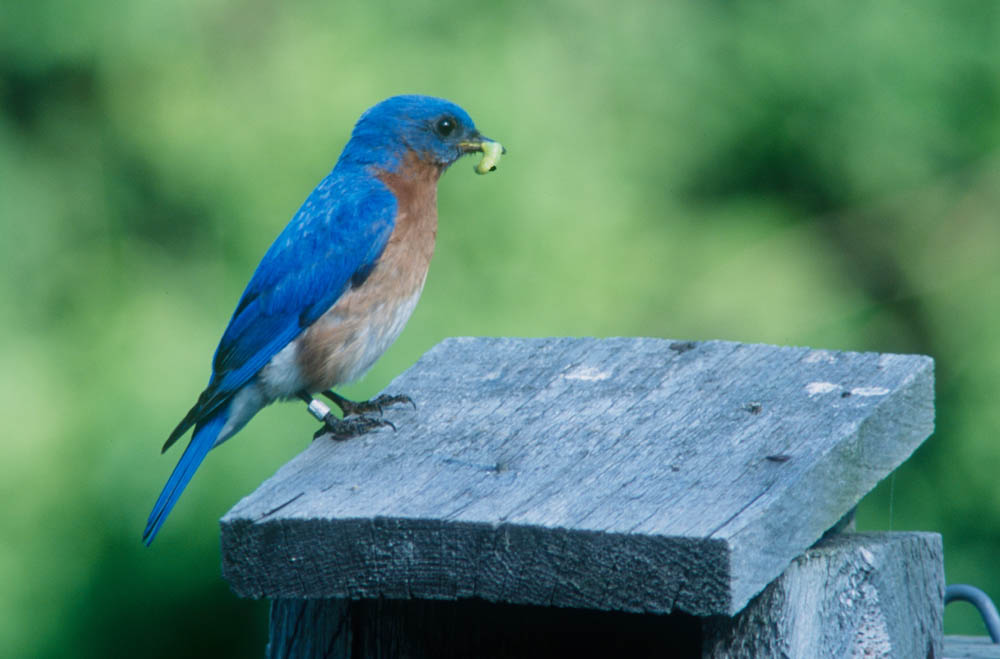
Entomologist and author, Doug Tallamy learned that one brood of chickadees required 6000-9000 caterpillars in the time after they hatch out before they are old enough to leave the nest. 6000 – 9000! That’s not a typo, that really is six thousand to nine thousand insects.
A healthy, functioning ecosystem requires insects, and especially caterpillars. We humans must allow for a little wildness in our yards so these small critters can survive and support birds and other wildlife. If we want birds, we must make room for caterpillars.
I’ve been mothing in my yard monthly now since early spring, and have been seeing a lot of interesting things. I’ve been blow away by the diversity lately. Just last week I had 57 different species of moths show up at my mothing stations! 57! It was incredible to photograph these.
Here are some of my favorites:


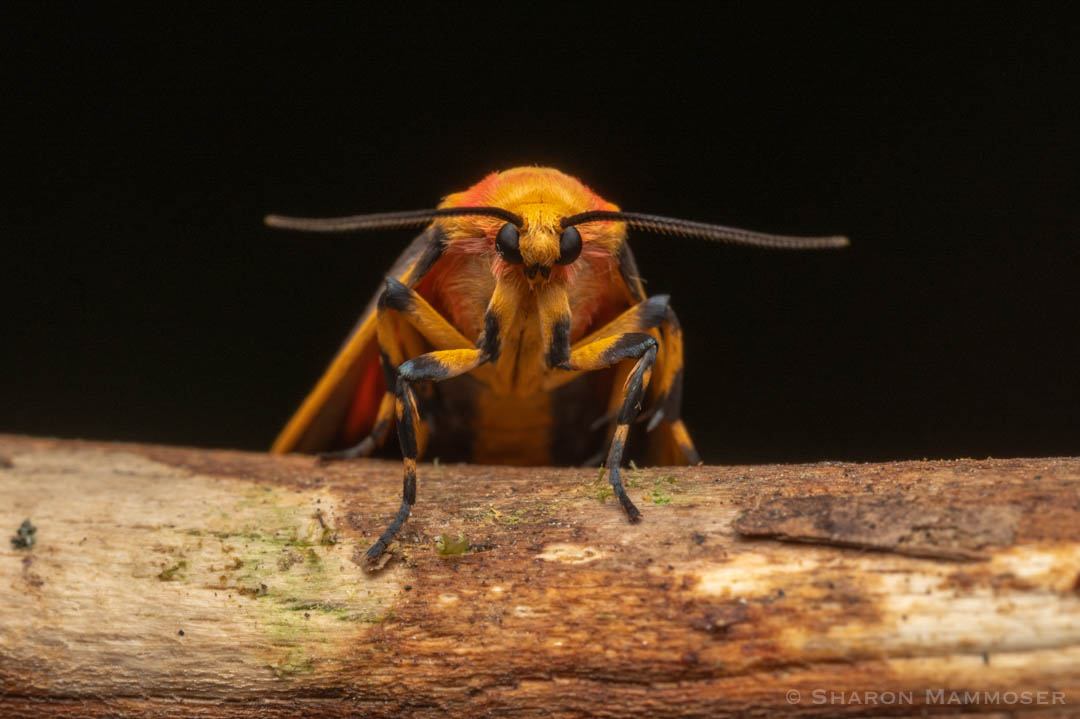

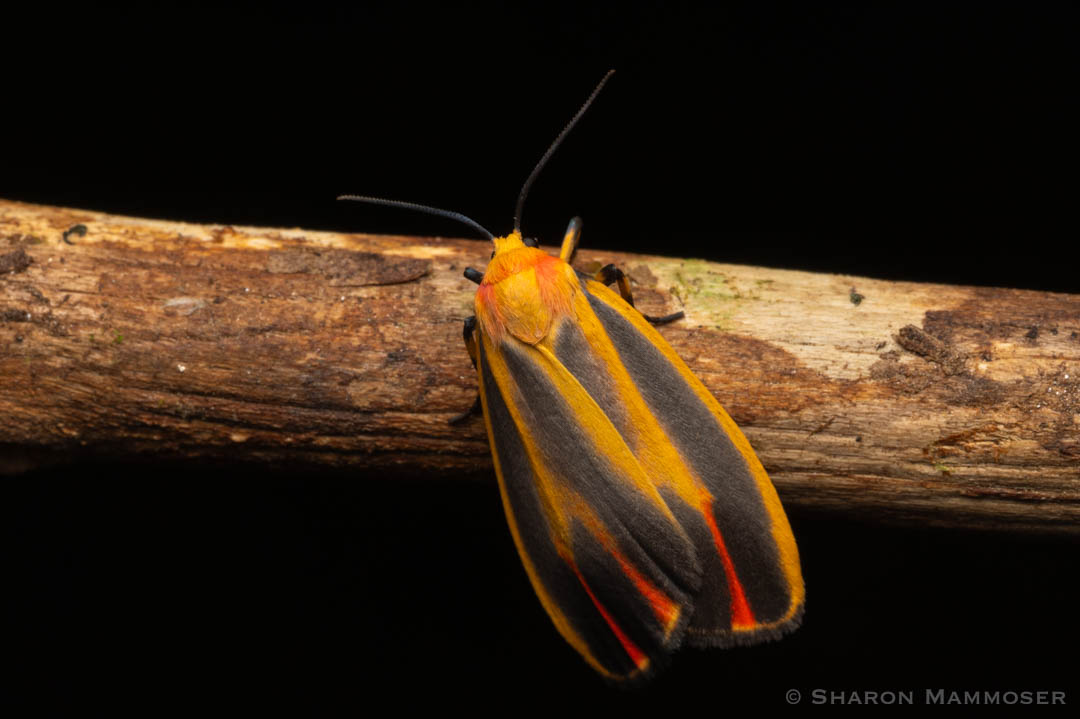
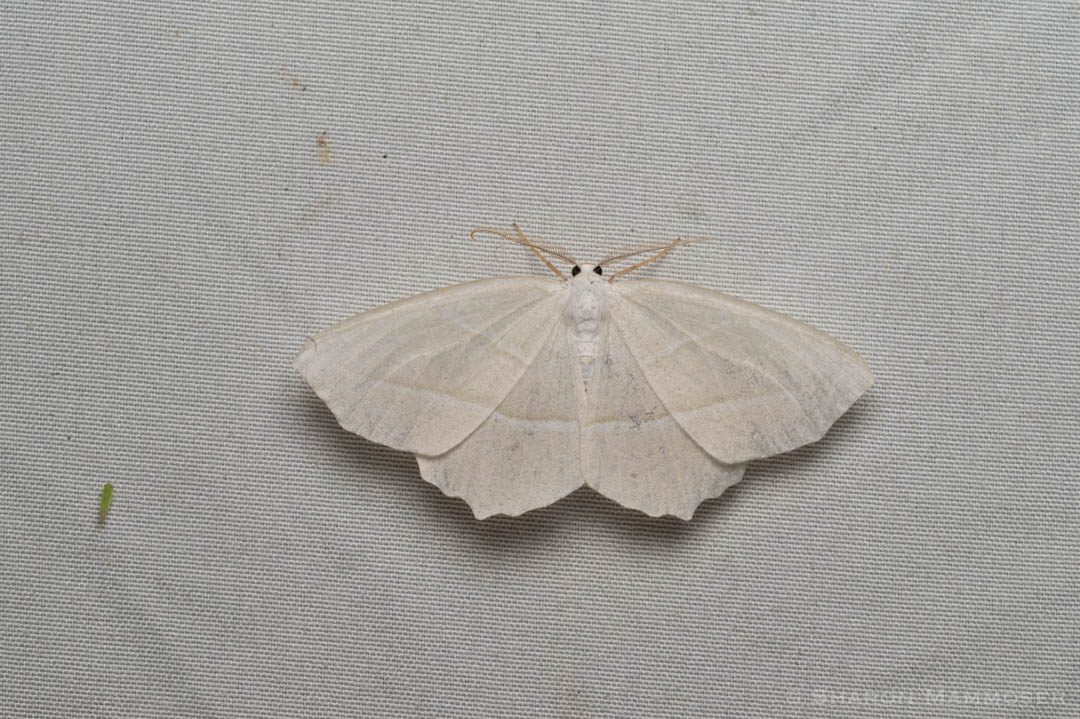

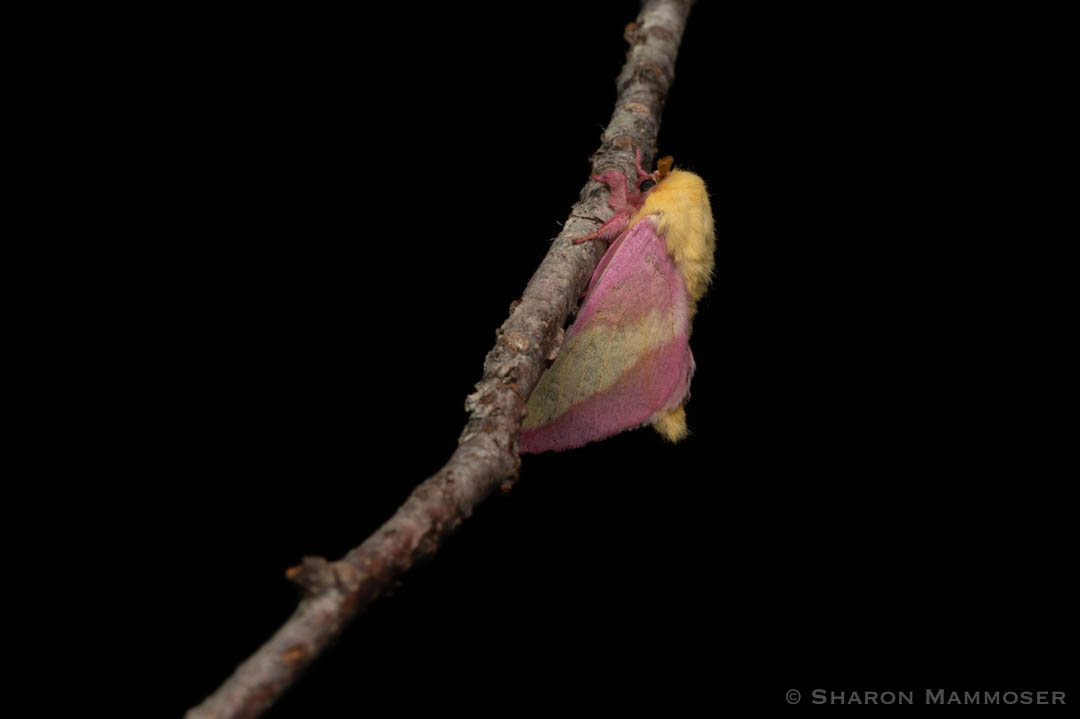
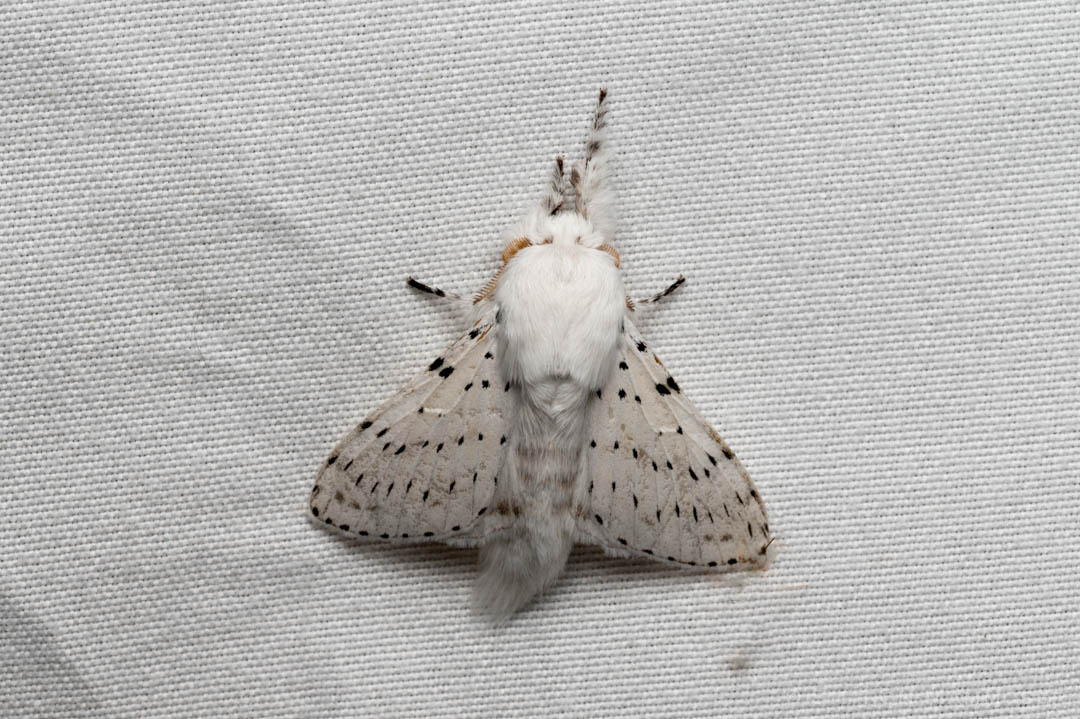

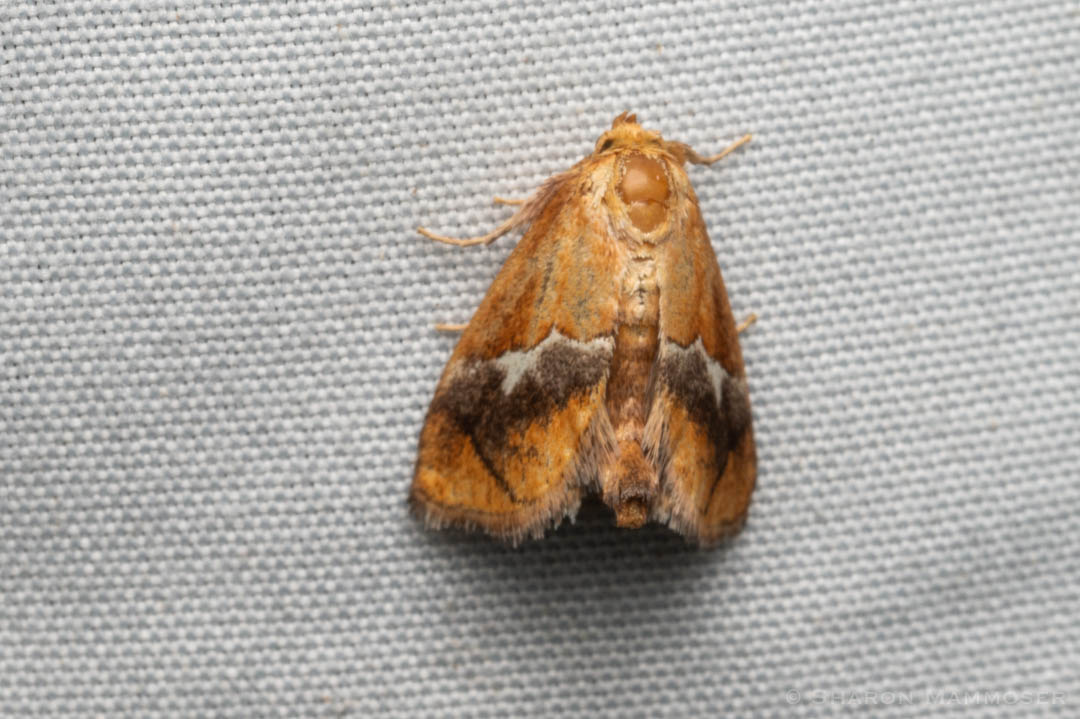
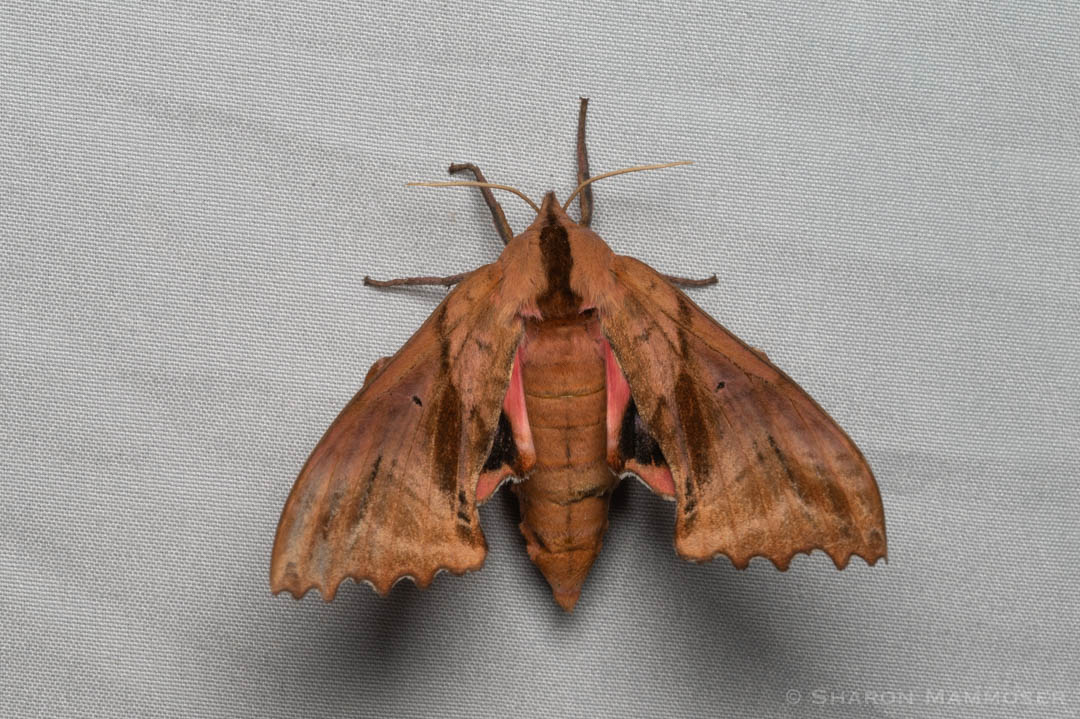
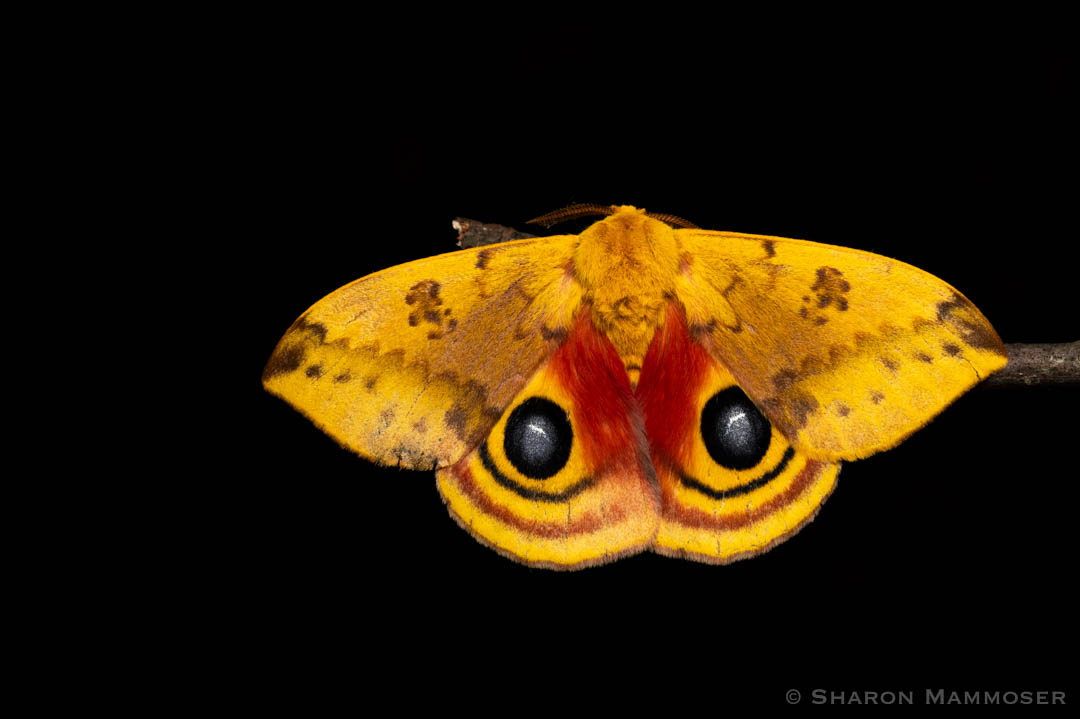

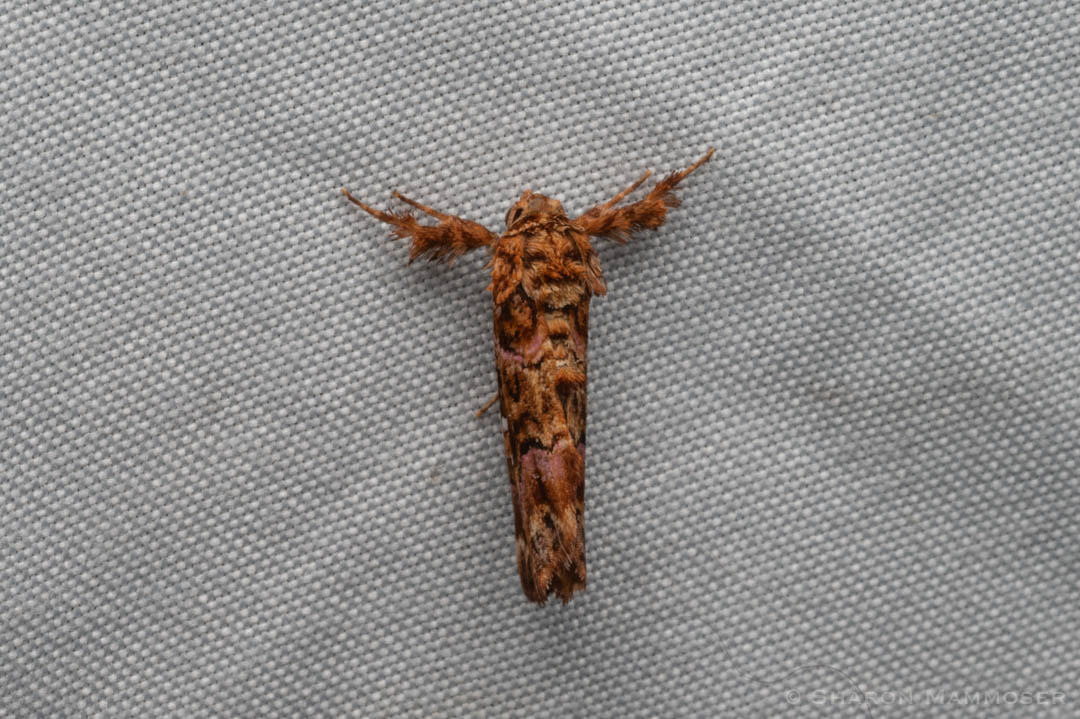
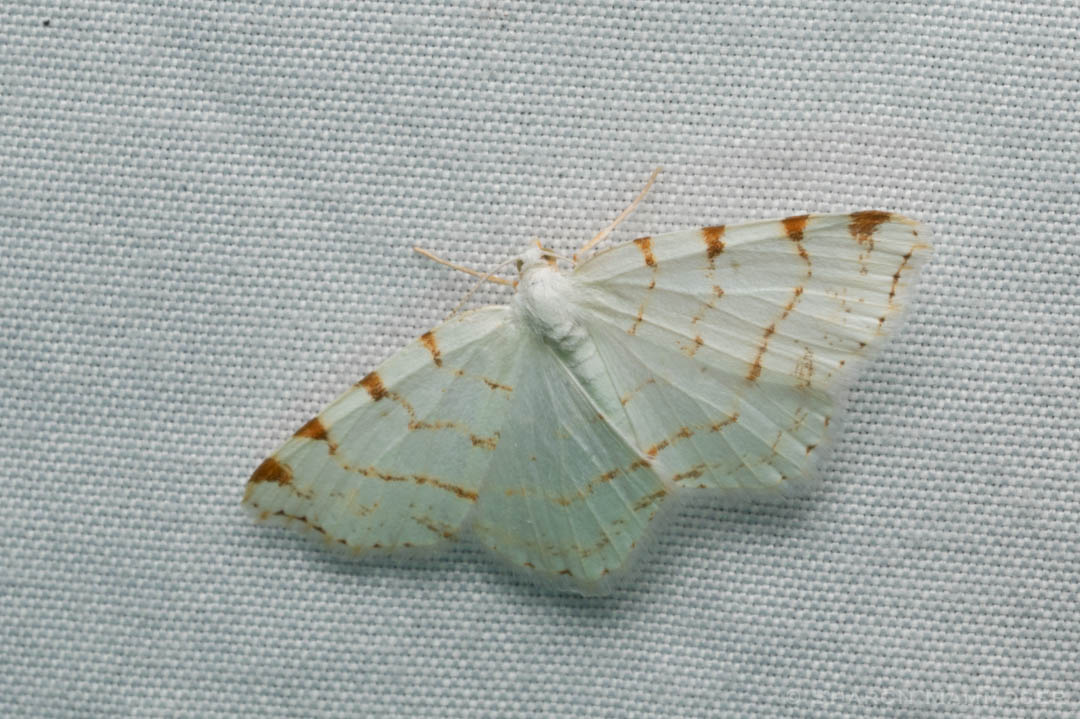
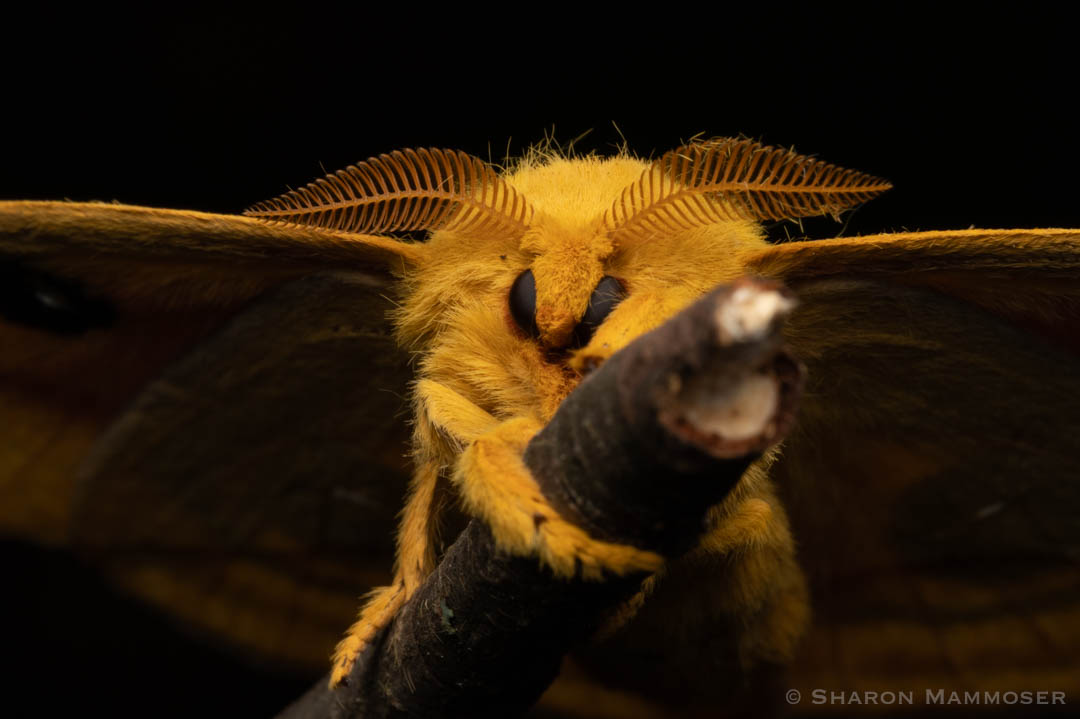
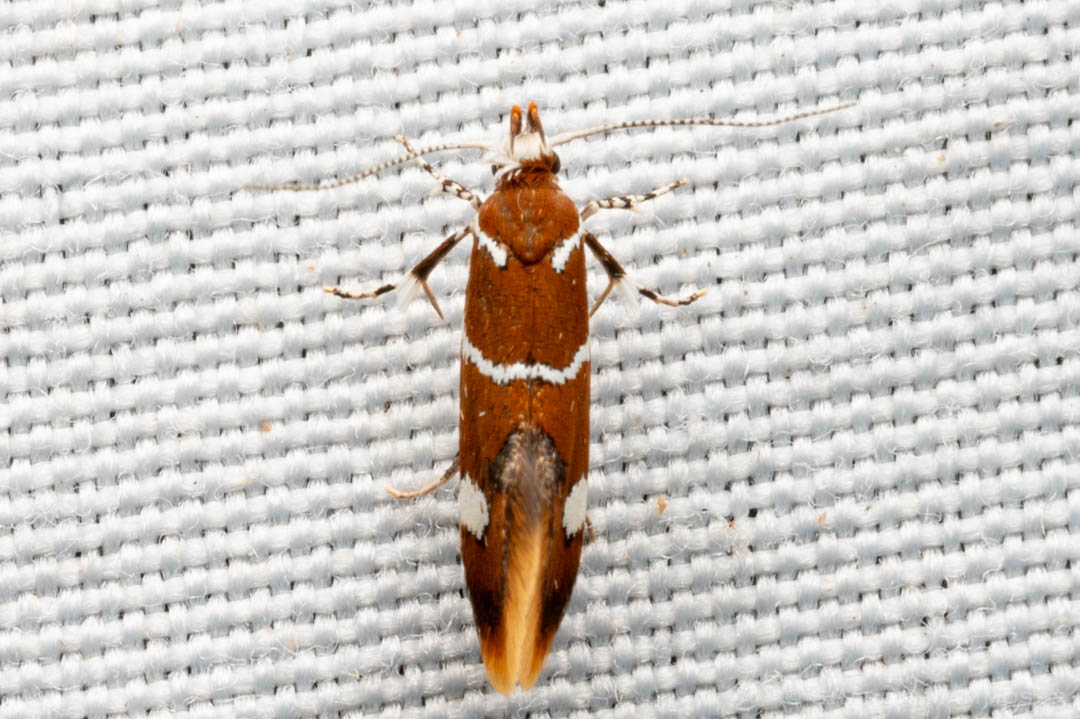

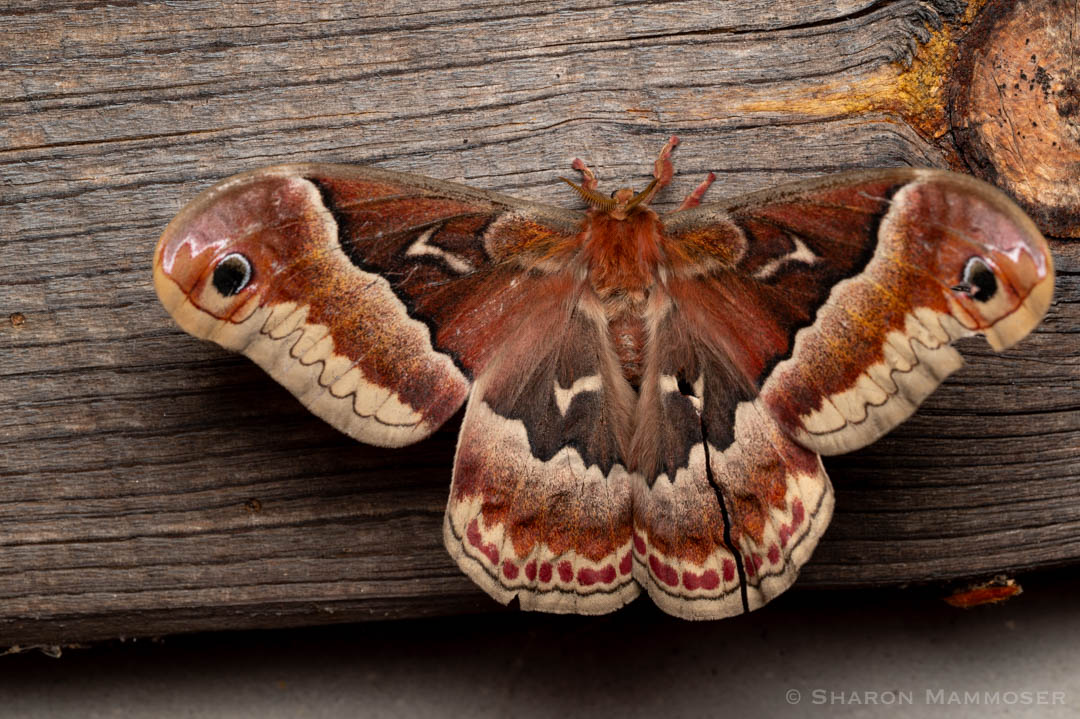
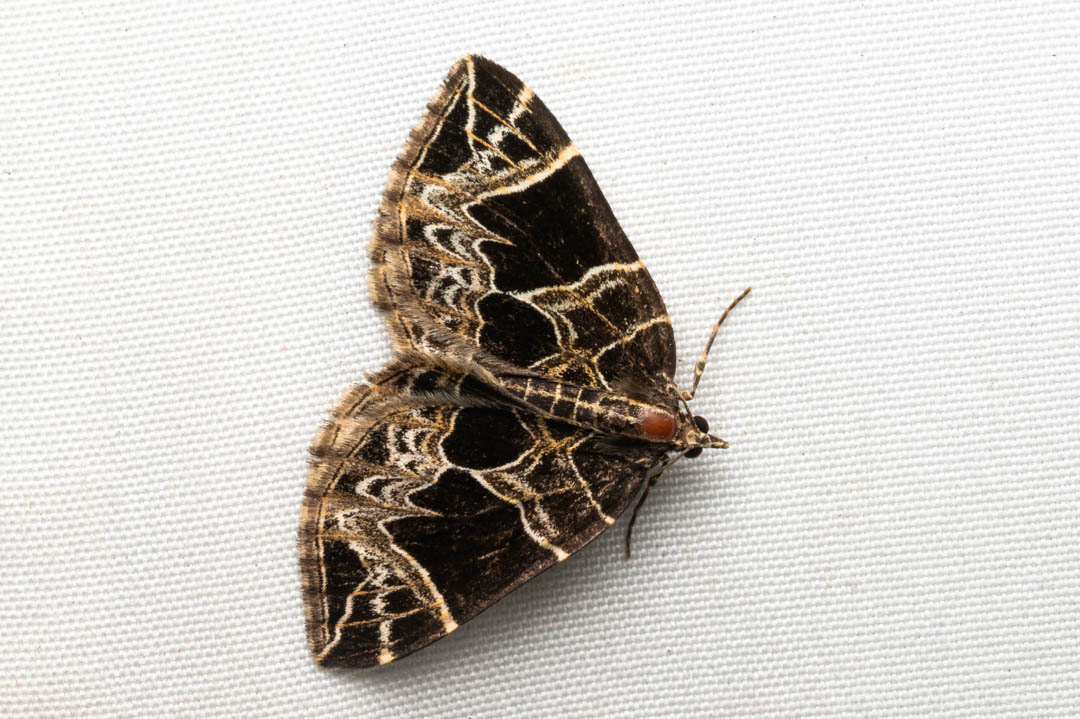
Here then are ten fun facts about moths:
- In North America, moths outnumber butterflies 15 to 1! So for every ONE butterfly, there are FIFTEEN moths!
- In the world, moths outnumber butterflies nearly 10 to 1!
- Like butterflies, moths’ bodies are covered with thousands of tiny colored scales. This is the “powder” that is left on your fingers after you touch a moth or butterfly wing.
- Many moths cover their pupa with hair or silk, called a cocoon. This is different than a chrysalis, which is what a butterfly caterpillar makes before emerging as an adult.
- Some moths jam the radar of hunting bats. Two species are deaf– they have noise-cancelling scales that absorb up to 85% of sound energy, which essentially allows them to “hide” from bats.
- The largest moth–which is even bigger than the largest butterfly– is the Atlas moth. It lives in Asia and has a wingspan of 10-12 inches with a surface area of 62 square inches. In contrast, the largest butterfly– the Queen Alexandra’s birdwing, has a wingspan of 9.8 – 11 inches.
- There’s a moth in Madagascar that has a tongue, called a proboscis, that is almost a foot long!! Not surprisingly, in the same place, there is an orchid that requires such a long proboscis for its pollination. Charles Darwin predicted such an insect must exist to pollinate that flower, but it wasn’t until after his death that such a moth was discovered.
- In general moth antennae are different than butterfly antenna because they are feathery, or filamentous, whereas a butterfly’s antennae are clubbed at the end.
- Moths are more effective pollinators than butterflies because of their hairy bodies.
- Moths find each other in the dark through pheromones, basically, insect perfumes. The silk moths have the best sense of smell–easy to see once you look at their feathery antennae and realize this is how they smell. A male promethea moth holds the record, following the pheromone for a whopping 23 MILES!! Sadly, when he arrived, it wasn’t a female there, it was a scientist.
What is your favorite moth?

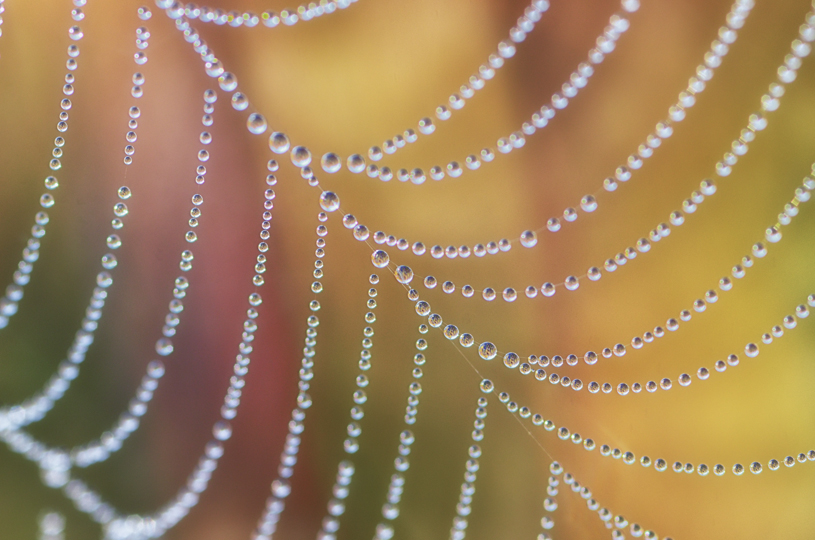
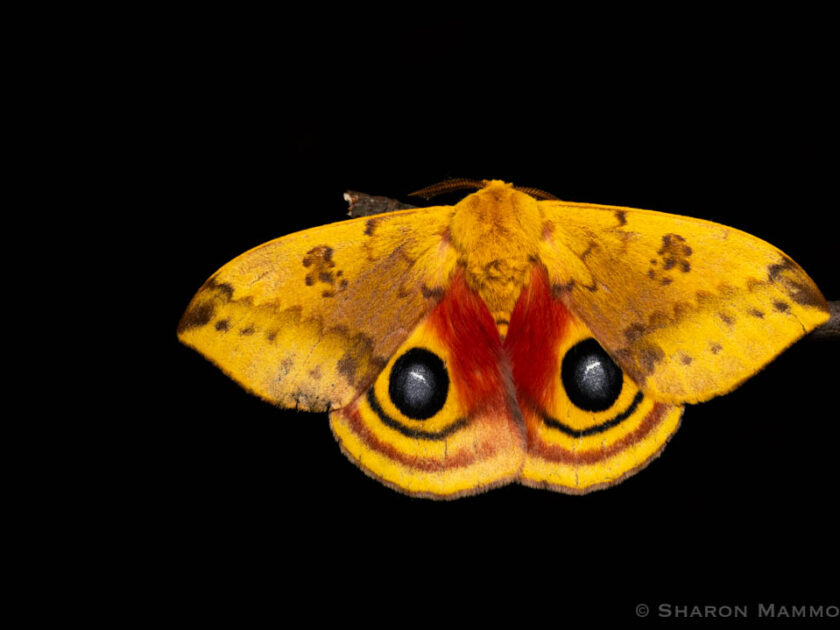
I’m amazed at the variety of moths, in addition to their amazing individuality & beauty, that you found in your area! Especially, love that moth with the bad hair! Must be a super pollinator!!
Yes! I was surprised to see so many, and am psyched for this Friday when I will have a group of people here to look with me. (You’re welcome to join, email me for details if you’re interested.) The moth with the “bad hair” was new to me, and a gorgeous one with white furry body. I hope to see this one again! Thanks for taking time to comment!
Fantastic photos! It’s hard to choose a favorite, but that painted lichen moth “headshot” is spectacular. Thanks for sharing the beauty of these overlooked creatures!
Hey Amy! You’re welcome. Thanks for taking time to read and comment! Yes, the painted lichen moth was both beautiful and cooperative. I hope to see him again!!